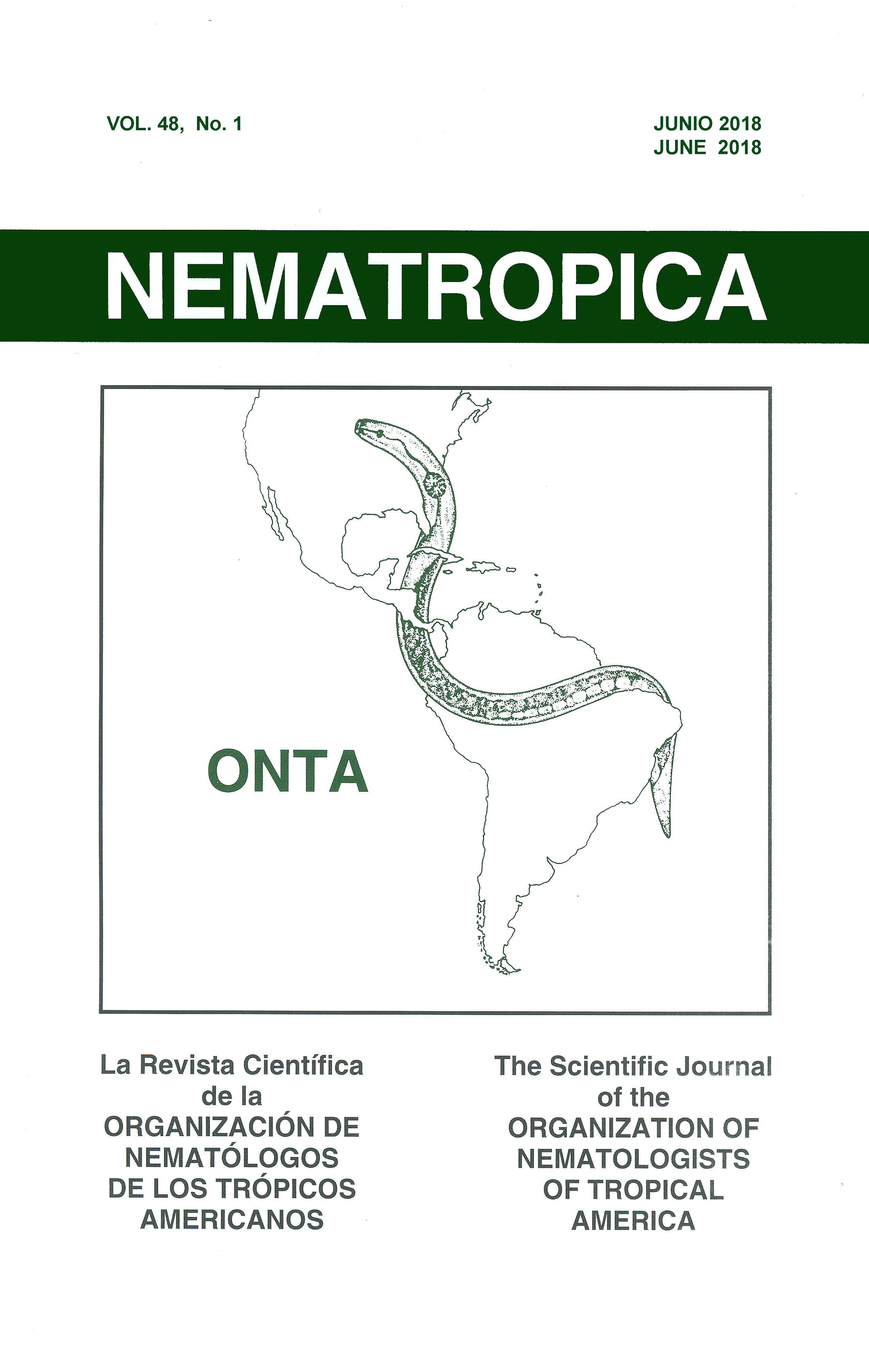MOLECULAR IDENTIFICATION, RACE DETECTION, AND LIFE CYCLE OF ROTYLENCHULUS RENIFORMIS IN EGYPT
Keywords:
D2–D3 of 28S rRNA gene, Egypt, life cycle, molecular diagnosis, pathogenicity, Rotylenchulus reniformisAbstract
Molecular and bioassay methods were used to characterize an isolate of Rotylenchulus reniformis collected from Fowa-Kafr-El-Sheihk, Egypt, and maintained for 40 years under greenhouse conditions. The identification of this isolate was rapidly determined by PCR with species-specific primers developed for amplifying the D2–D3 of 28S rRNA gene. The nested PCR allowed direct sequencing without cloning the fragments. All sequences of the D2–D3 of 28S rRNA fragments obtained were identical and exhibited 99% similarity with a partial 28S ribosomal RNA gene of R. reniformis in GenBank. Phylogenetic analysis revealed relationships of our isolate with R. reniformis from other countries and a sister relationship with R. macrosoma. The isolate’s reproductive potential was tested using different hosts. The isolate infected and reproduced on cowpea, castor, and cotton with differences among the plants. Cowpea was the most preferred host. Low reproduction was achieved on cotton. After penetration, the minimum time for the appearance of mature females was 3 days on cowpea, 7 days on castor, and 14 days on cotton. Complete formation of egg masses was observed after 7, 14, and 21 days on cowpea, castor, and cotton, respectively. Juvenile females of the second generation were recorded after 14 days on cowpea and 21 days on castor and cotton.

